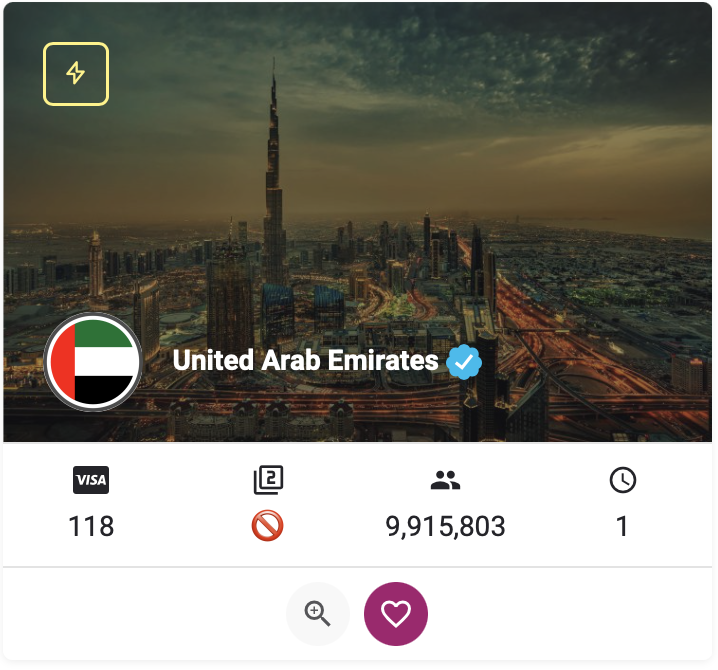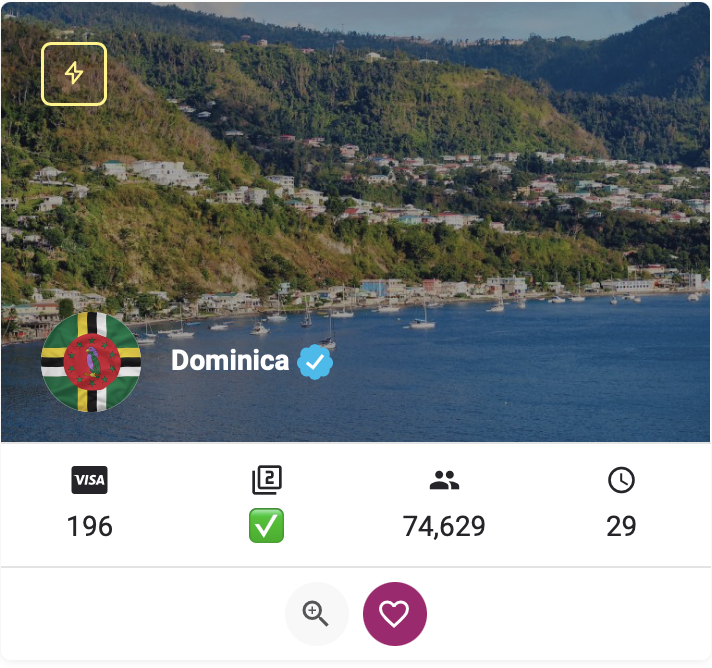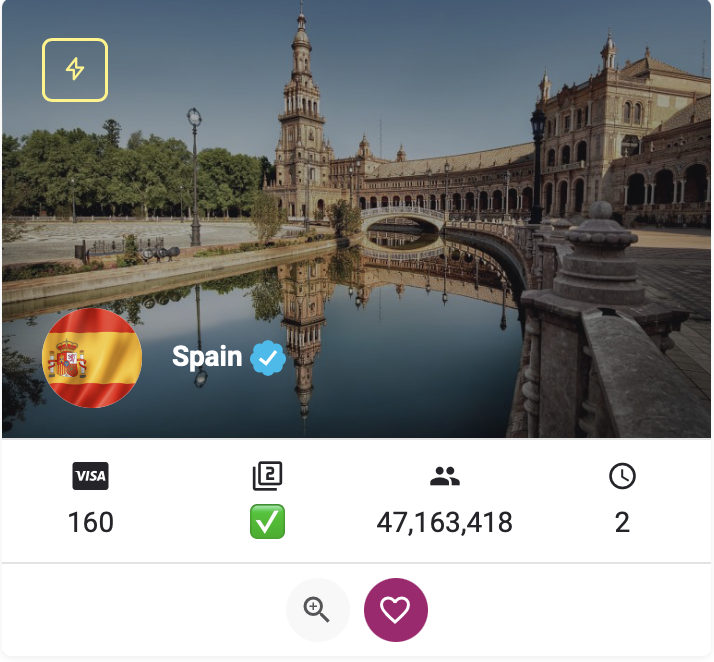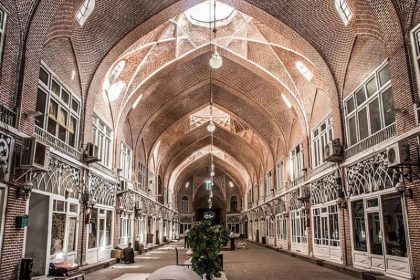Quoted by the Nationals of the Nationals; Traveling to Pakistan’s high and impassable mountains, such as mountain camps, historic castles and hospitality of the people of Beltistan, gives an experience of pristine nature, history and different cultures in the area.
Life on the streets of Pakistan
Friday prayers are over and the Rawalpindi streets are full of commuting. The slow sound of motorcycles is heard between the crowd. Painted beards with henna and colorful scarves appear in the busy street. A knife next to the sidewalk is working. Ricky passes through four people and one goat through people. In one of the streets, several boys are playing cricket under the wires. The air is hot and heavy; The brakes are supessment and the foreheads are wet of sweat. This is a beautiful description of the streets of Pakistan.
Ashqa Ali, a local guide, says with a smile, we have entered the mango season, and as he crosses crowded traffic, he points to a stall full of yellow mango by the street. The hot sun shines on tall and dirty buildings. He continues:
I love this time of the year. June is a good time for mountaineering. Despite the heat of the air here, the air is cooler in Karakoram, and when mountaineering, the coolness of the air is well felt.
With open hair and traditional trousers, he walks the street with confidence. He was once in the financial field; But seeing Pakistan’s pristine capacity for adventure tourism, it changed its career.
While we pass by wheels full of ginger and almonds, he says in an expressive voice:
Internet content is still very incomplete about traveling to Pakistan; Even finding simple information such as restaurants or train tickets over the Internet is a problem; But this should not discourage people.
This is one of the wisest recommendations. I have come to Pakistan as a member of a group tour by Interpid Travel, and from the moment the plane landed, all my concerns about security have been eliminated. It is interesting to note that in recent years Pakistan has eliminated the cost of visas for tourists in four countries, including the UK. In this country, everything is easier than I thought.
Mountaineering in Pakistan
Pakistan is a young country founded in year 2, after India’s division; However, it has an ancient history and hosted ancient civilizations. Its history has been influenced by various waves of immigrants and has a complex identity.
On this trip, we have a look at a few aspects of this country. Rawalpindi, the northern city of Rouhoi, most of which is the pre -division period and is a short distance from Islamabad. In this city, there are Hindu temples that have been rebuilt. Islamabad, the capital of Pakistan, was made of zero in the 1980s, and we spend the first two nights in the city.
Most of the trip will be focused on Baltan in the north of the distant, where the huge ranges in the world are the world’s second -largest tall mountain. This field offers unique landscapes with snow -covered peaks. While Himalayas in Nepal attracts millions of adventures each year, Gharabiqum sees only about 2.5 climbers annually.
On this trip, we are going to visit the less well -known sections of the Qaraqurk Mountains and eventually reach the Amin Brakk Camp at a height of 1.5 meters.
Before moving to the north, we spend time in Islamabad. The city, which was replaced by Karachi as the national capital in the year 9, now has more than 1.5 million homes. On the one hand, the sense of order and order in that wave; There are both sides of the street, fig trees and simple buildings. On the other hand, Islamabad has its own mood. Salon cars are seen alongside three -passenger motorcycles on the streets, and camels that rest beside a building workshop show a different view of urban life.
On the first night of our stay, we go to Khokakhola’s underground restaurant; Where the mint margarita relieves the samosa chicks. The walls are full of images of the Beatles and Frida Kahlo group with popular Pakistani faces. The wall label shows a picture of the former Prime Minister Imran Khan on the body of Rambo, the famous character of Sylvester Stallone.
Ashqa does not come to the north; But Munir Alam, the other colleague of the tour, accompanies us. Munir is a kind man, a Beltistan, with a determined face and a smile and is accustomed to the greatness of the Gharabi Mountains.
Before flying one hour to the north, Munir took us to the Faisal Mosque in the capital. The mosque is located between the hills of the suburbs and is known as the largest mosques in South Asia and the world. Its four tall minarets have skyrocketed over the peak of the pyramid, like the prayer hall. When we approach the large courtyard of the mosque. The sky goes to dark blue and the night is warm. Sparrows sing their singing for a large crowd waiting for Azan. The hot rocks of the yard are felt under my naked foot. The greatness of the mosque in the silence of the night is quite tangible.
Pakistani Mountains
Pakistan has five peaks over 2.5 meters, and Sadiq Sadpara, the veteran climber, has climbed to all of them. I see him in the old market of Skardu; Where there is a place of sale of mountaineering equipment with bumpy roads, chicken cages and small shops. He has a traditional woolen hat, a thickened Sabili frame his face and calmly counts the tallest.
Thomas Montgomerie, the British mapping, named the peaks of Gharabiqum in year 6.
From the moment we landed in the small town of Salado in the heart of Beltistan, we encountered breathtaking landscapes. Risks such as spears have broken the sky; The wind shaved the valleys, and from afar, shiny glaciers, like white masses, can be seen between silver and mysterious rocks.
On the eastern route, the road passes through the mountains to reach the village of the beginning of the mountain route, Kanday. In the middle of the road, we stop by a vast river; Where the silver water shines in the sun. Across the river, two people are seen in a distance, like small dots. Munir, a tour guide, says:
The river originates from the Kailash Mountain in Tibet and moves throughout Pakistan to reach the Oman Sea.
The people of this region, the Balti people, have a “Tibetan” root and have been living in the area for more than 2.5 years. Here the cultural diversity of Pakistan is well evident. The people of Beltistan are more Shiites; While the majority of the country are Sunni and their first language, Baltic is one of the five common local languages throughout Pakistan. Beltistan, with an area of about 2.5 square kilometers, is known as “Little Tibet”.
Our journey slowly takes two days. Chassis cars pass through the rocks and rivers. Wherever a village appears, it looks like a green oasis in the heart of the mountain. One of the native people shows us a village that is seen only from the road to apricot trees. One of the locals takes us to clean and shade alleys; Where the mud houses and irrigation canals are located and white butterflies fly in the air.
There are 5 households here and all are farmers or ranchers. Young men are building a small mosque (the fourth village mosque) and women washing colorful clothes in the mountainous ribbon.
Kennedy is a place where our hiking path begins. After spending a night in the city of Khaplu, next to a historic castle, we reach Kennedy, a remote village, and the night dinner, a hot and local lentil slab, is spent on the ground.
Climbing to Nangma Pakistan
After lunch, our hiking begins. Our final destination is the Nangma Valley (Nangma); The rock climbers’ paradise at a height of about 2.5 meters is only available on foot. The primary route passes through the two huge granite rocks, each with about 2 meters high. Along the narrow path that the ranchers use, we move, and just a few minutes later, the absolute silence of nature and the stunning magnificent scenery make us astonished.
The slope of the path is noticeable. I walk slowly to avoid shortness of breath. Mountain medicinal plants along the way have a pleasant and relaxing smell.
Reaching the first camp, the Mingulo Broq summer pasture takes about five hours. On every side, we are besieged with a fortress from the toothed and sharp peaks. Peaks whose edges, such as shaved stone blades, have a unique view. Local bearings have arrived earlier than us and set up tents; So all that remains is to accept their warm invitation to cricket. My amateur throws in the hearts of the Gharabi Mountains create a simple and intimate enthusiasm.
I get out of the tent about three o’clock in the morning; The cool night air and the sky are rich in the star. The Milky Way Galaxy, like a brilliant arc, has been widely dreamed of on top of my head. Before the trip, when I looked at the plan of this area from Pakistan, its neighbors, India, China and Afghanistan seemed very close; But now, in the heart of this night’s silence, the outside world is felt further than ever. Above the high peaks, snow plains shine under the light of the stars, slowly and silver.
About 3 meters remains about to reach the Nangma Valley camp. The following is the path of dark birds known as “Red-Billed Chough” that pass through the cliffs rapidly.
Reaching the Nangma Valley, an astonishing view of us appears; It is as if the heavenly hand has put together a set of beautiful peaks to create the world’s most magnificent natural amphitheater, and more amazing, no one except us here. In the camp, under the shadow of the huge refrigerator “Shingu Charpa”, the green grass is bright and glows along the tents.
Having such landscapes that drowns you and is astonished is only one extra privilege, and the sense of loneliness after sunset, in the hearts of these huge mountains, is something between dizziness and silence.
The adventure is not over yet. The last climb of the trip to Amin Brock’s base camp is about 2.5 meters high. We begin the climb slowly and leave the valley late in the morning; We follow the rocky path.
Munir says:
Last month, when I was here, I saw a new snow leopard.
I stare at the gray downhill; I only see the masses of ice and the jackets (a species of giant cow); But the excitement of being in such an intact place is all in my life.
The air gradually becomes colder. I lower my head to move more focus, the narrow and winding path climbs the mountain. The fried wild flowers have been removed from the gray rocks and the bright orange mosses cover the surrounding rocks. As the climb continues, the snow begins to raise. We’ve been climbing for nearly three hours until we reach a broad platform.
There may be taller peaks in Gharaqum; But now that I am standing in the heart of this mountain range and caressing my face cold mountain, it is a unique privilege.
The next day, under the sun, I sit in Shigar Fort and drink coffee. The stone walls of the castle, which return to the seventeenth century, are drawn to the clear blue atmosphere. Around us, the horizon is still full of toothed and zigzag peaks. This part of Pakistan is like a dormant dormant in the territory of travel, and indigenous people are eagerly talking about its potential.
If you have a tour of Pakistan and its mountainous areas or have some attractive information about this lovely country, we would be happy to share your knowledge with the audience.
Cover Photo Source: SCMP.COM, Photographer: Unknown
Frequently asked questions
What is the tallest mountain of Pakistan?
Gharabi Qurom is the world’s second tallest mountain and the tallest mountain of Pakistan.
Where is the Nangma Valley?
The Nangma Valley is one of the sights of Pakistan, known as the Paradise of Rock Climbers. The valley is about 2.5 meters high, which is only available on foot.
RCO NEWS














